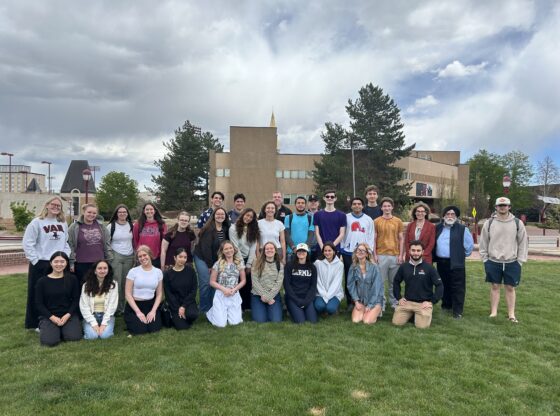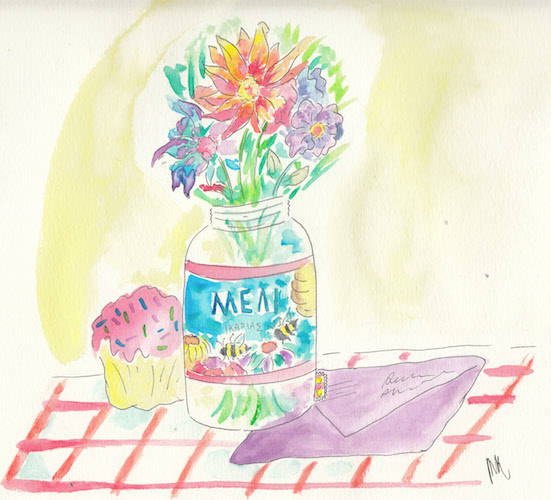People are constantly studying and discussing the idea of appropriation, but there is less focus on the appreciation of this globalized culture. I attended Denver Art Museum’s (DAM) special event, “Appropriation and Appreciation in the Global Art World,” to gain a new perspective of this commonly discussed topic. This symposium discussed these issues and united various artists and scholars to share their personal outlooks through four keynote speakers who all shared their feelings towards this controversial topic. I will focus on one keynote speaker, Clarissa Tossin, whose artwork highlighted revivalism of past visual cultures.
Tossin grew up in São Paulo, Brazil and has lived in Los Angeles, California for the past 10 years. In Los Angeles, the community recognizes and stresses her Latino identity, which is not an idea she attends to in Brazil. In Brazil, she is not labeled by her ethnicity, but in the U.S., where Latinx communities are present but not necessarily dominant, this difference is highlighted. She discussed the large amount of time it took her to feel comfortable and relevant enough to create art in Los Angeles and represent rich history in a new place. After balancing the implementation of tradition with her personal views, Tossin has become a great depiction of the persistence of differences that is necessary for the cultural duality that exists in the global art world.
Focusing specifically on the Mayan revival architecture and the relationship between architecture and body, she created many sculptures to highlight features of the Mayan culture. Mayan culture embodies shared values and connections to personal life experiences, which she uses to enrich her work. Tossin studied the archaeological features present in the interior design of Mayan theaters and uncovered many key findings regarding the symbolism of Mayan hieroglyphics which is evident in her sculptures. For example, when a figure is shown with one heel pointed upwards, this represents someone who is dancing or performing. She exhibits these traditional details in a creative way that still allows her to showcase her personal identity in her artwork.
Tossin explained the way she studied and incorporated ideas regarding the Amazon rainforest in her work and the historical elements of this location. This rainforest brought a lot of wealth to Brazil when it became the rubber capital, but once syntax rubber was invented, this prosperous industry was quickly shut down in Brazil. With that said, the material traditions that come from this region supplement Tossin’s cultural representation of the Amazon’s fortune in her Encontro das Águaspiece. Ch’u Mayaa is a Tossin-produced video that expresses Mayan architecture with a traditional Mayan dancing performance. The customary Mayan performance re-appropriates the culture by exercising key postures and gestures while using indigenous music and sound effects to set the scene.
Clarissa Tossin was successful in portraying the idea that culture doesn’t end at the border, and because connections are very fluid, artists who have these unique connections with diverse countries must embrace and represent these ideas in their work.










